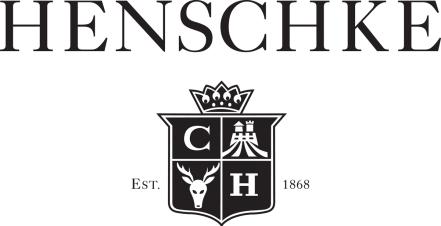Henschke
Julius Riesling
Henschke
Julius Riesling
Cyril Henschke developed the Henschke reputation for premium riesling wines as early as the 1950s from the vineyard areas of Eden Valley, Keyneton and Springton in the Eden Valley wine region. This region provides ideal ripening conditions for the riesling grape and has a unique track record of exceptional ageing potential for the variety. The Eden Valley riesling vineyard is planted on sandy loam over gravel and bedrock with patches of clay. The wine is named after ancestor Julius Henschke, a highly acclaimed artist and sculptor.
Wine Production
Fermented in tank and bottled post-vintage to preserve the delicate aromatic fruit characters
Tasting Notes
Pale straw with green hues. Fragrant and focussed aromas of lime juice, lime blossom and kaffir lime leaf, with hints of grapefruit zest and green peppercorn. Pure and delicate flavours of lime juice, lemon and pink grapefruit are entwined with fine lime acidity and river pebble minerality, creating a textural mouthfeel and a subtle textured finish.
Food Pairing
Crumbed King George Whiting, yoghurt tartare, herb salad
Cyril Henschke developed the Henschke reputation for premium riesling wines as early as the 1950s from the vineyard areas of Eden Valley, Keyneton and Springton in the Eden Valley wine region. This region provides ideal ripening conditions for the riesling grape and has a unique track record of exceptional ageing potential for the variety. The Eden Valley riesling vineyard is planted on sandy loam over gravel and bedrock with patches of clay. The wine is named after ancestor Julius Henschke, a highly acclaimed artist and sculptor.
Wine Production
Fermented in tank and bottled post-vintage to preserve the delicate aromatic fruit characters
Tasting Notes
Pale straw with green hues. Fragrant and focussed aromas of lime juice, lime blossom and kaffir lime leaf, with hints of grapefruit zest and green peppercorn. Pure and delicate flavours of lime juice, lemon and pink grapefruit are entwined with fine lime acidity and river pebble minerality, creating a textural mouthfeel and a subtle textured finish.
Food Pairing
Crumbed King George Whiting, yoghurt tartare, herb salad
Brand Materials
Vineyard & Production Info
Winemaking & Aging
Analytical Data
About the Vineyard
A moderately wet winter combined with average spring conditions meant that vines grew will in the mild weather. Ideal flowering conditions in late spring/early summer lead to the potential for near-average yields. Late December became warm and dry and assured for healthy canopies with low disease pressure. All in all, the 2018 vintage will be considered a standout of this decade.





